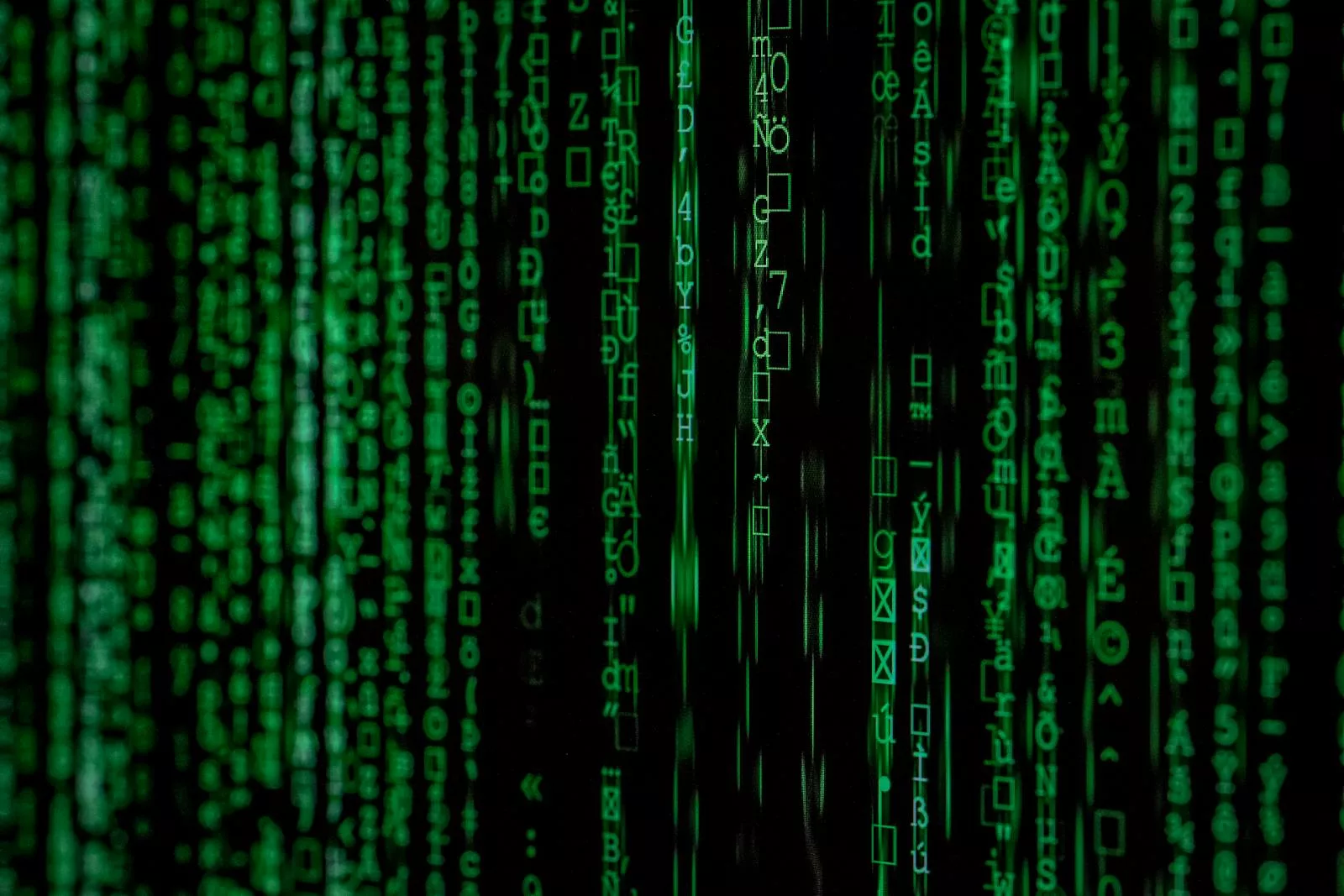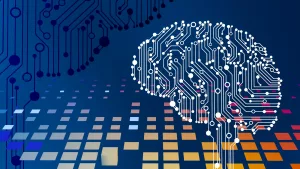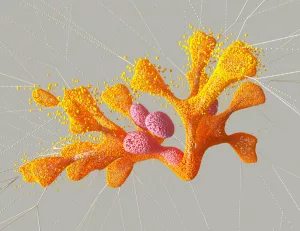The idea of living forever has captured the human imagination for centuries. From myths of the fountain of youth to the alchemists’ quest for immortality, we have always sought ways to transcend the limitations of our mortal bodies. Today, with advances in neuroscience, artificial intelligence, and computational technology, a new frontier in the pursuit of immortality has emerged: brain uploading. The concept is as ambitious as it is controversial—transferring the essence of a human mind, including memories, thoughts, and personality, into a digital substrate. Could this be the key to living forever in a digital world?
This idea, while seemingly straight out of science fiction, has begun to transition into the realm of possibility. Brain uploading promises more than just the prospect of immortality; it offers humanity a way to preserve knowledge, transcend physical constraints, and redefine the very nature of existence. In this article, we explore the science and philosophy behind brain uploading, examining the technological hurdles, ethical dilemmas, and profound implications of such a breakthrough. From the promise of eternal life to the existential questions it raises, brain uploading challenges us to rethink what it means to be human.
The Science of Brain Uploading
Brain uploading, also known as mind uploading or whole-brain emulation, involves creating a digital replica of the human brain. To achieve this, scientists would need to map the intricate network of neurons, synapses, and electrical activity that make up our minds. The goal is to replicate not just the physical structure of the brain but also the dynamic processes that give rise to consciousness, memory, and emotion. Accomplishing this would require breakthroughs in neuroscience, computational modeling, and materials science.
Mapping the Connectome
At the core of brain uploading is the connectome, a comprehensive map of the brain’s neural connections. The human brain contains approximately 86 billion neurons, each forming thousands of synapses with other neurons. These connections create the neural circuits that underpin everything from basic motor functions to complex thoughts and feelings. Mapping the connectome with sufficient detail to replicate its function is one of the greatest scientific challenges of our time.
Current efforts in connectomics, such as the Human Connectome Project, aim to map the brain at ever-increasing levels of detail. Technologies like high-resolution electron microscopy and advanced imaging techniques have made significant progress, but capturing the entire connectome of a human brain remains an enormous undertaking. For comparison, scientists recently mapped the connectome of a fruit fly’s brain—a process that took years and involved hundreds of researchers, despite the fruit fly’s brain being vastly simpler than a human’s.
Further complicating the task is the sheer complexity of human thought and behavior, which arises from not just the connections themselves but also the strength and dynamics of those connections. Every individual’s connectome is unique, shaped by genetics, experiences, and environment, making the mapping process deeply personal and profoundly intricate.
Simulating Brain Function
Mapping the connectome is only the first step. To achieve brain uploading, scientists would also need to simulate the brain’s function on a computer. This involves replicating the electrical and chemical activity that allows neurons to communicate and process information. Advanced computational models and powerful supercomputers would be required to recreate these processes in real time. The simulation would need to account for the vast interplay of neurotransmitters, ion channels, and electrical spikes that drive thought and perception.
Recent breakthroughs in AI and machine learning offer promising avenues for simulating brain activity. For example, neural networks—inspired by the structure of the human brain—have demonstrated remarkable capabilities in tasks like image recognition and language processing. However, these systems are still far from replicating the complexity and nuance of a biological brain. Simulating the human mind would require computational resources orders of magnitude beyond what is currently available, as well as entirely new frameworks for modeling the emergent properties of consciousness.
Uploading Consciousness
Perhaps the most contentious aspect of brain uploading is the question of consciousness. Even if we could create a perfect digital replica of a brain, would it be conscious? Would it experience the world in the same way as the biological brain it was modeled after? These questions touch on the deep mysteries of consciousness, which remain poorly understood despite decades of scientific study.
Some philosophers and neuroscientists argue that consciousness arises from the brain’s physical processes and could, in theory, be replicated in a digital medium. Others contend that consciousness is inherently tied to the biological substrate of the brain and cannot be transferred to a machine. This debate is far from settled, and the answer has profound implications for the feasibility and ethical considerations of brain uploading. Could a digital mind truly feel joy, fear, or love? Or would it be a lifeless replica, incapable of subjective experience?
The Ethical Dilemmas of Digital Immortality
The prospect of brain uploading raises a host of ethical questions that challenge our understanding of identity, autonomy, and the nature of existence.
What Defines “You”?
One of the central questions of brain uploading is whether a digital replica of your brain would truly be “you.” If your thoughts, memories, and personality were transferred to a computer, would the resulting digital consciousness be a continuation of your existence or merely a copy? This dilemma raises profound questions about the nature of selfhood and identity. Are “you” defined by the continuity of your biological body, or by the patterns of information that make up your mind?
Philosophical thought experiments like the “Ship of Theseus” explore similar questions. If every part of a ship is replaced over time, is it still the same ship? Similarly, if every neuron in your brain were replicated in a digital form, would the resulting consciousness still be you, or would it be a new, separate entity? Moreover, if multiple copies of your digital brain were created, which one would truly be “you”?
The Value of Mortality
Brain uploading also challenges our cultural and philosophical attitudes toward mortality. For many, the finite nature of life gives it meaning and urgency. Would eternal existence in a digital world diminish the value of experiences, relationships, and accomplishments? Would the absence of death make life feel less authentic?
On the other hand, proponents argue that brain uploading could preserve the knowledge, creativity, and wisdom of individuals for future generations. Imagine being able to consult with a digital version of Einstein or Shakespeare, or to preserve your own consciousness to guide and support your descendants. While the potential benefits are immense, they must be weighed against the ethical and existential challenges of transcending mortality.
Inequality and Access
Another ethical concern is the potential for brain uploading to exacerbate social and economic inequalities. If the technology were developed, who would have access to it? Would it become a privilege reserved for the wealthy, further entrenching societal divides? Ensuring equitable access to such a transformative technology would be a significant challenge, requiring careful regulation and oversight. Could brain uploading create a new class of digital elites, fundamentally altering the fabric of society?
The Implications for Humanity
Beyond the technical and ethical challenges, brain uploading has far-reaching implications for humanity as a whole. By enabling digital immortality, it could fundamentally alter our relationship with life, death, and the human experience.
A New Form of Existence
If brain uploading becomes a reality, it could give rise to a new form of existence. Digital beings could inhabit virtual worlds, free from the constraints of biology and physical space. These virtual environments could be tailored to individual preferences, offering limitless possibilities for creativity, exploration, and self-expression. Virtual societies could form, with their own norms, economies, and cultures, transforming how we think about community and identity.
However, this new form of existence also raises questions about the nature of happiness and fulfillment. Would a digital consciousness experience emotions and desires in the same way as a biological one? How would relationships and communities function in a digital world? Could digital beings experience loneliness, and what would “death” mean in such a context? These questions highlight the need for a deeper understanding of what it means to live and thrive as a digital being.
Advancing Science and Technology
The pursuit of brain uploading could drive advancements in neuroscience, artificial intelligence, and computational technology. By striving to understand and replicate the brain’s complexity, scientists could unlock new treatments for neurological disorders, enhance cognitive abilities, and develop more sophisticated AI systems. Even if brain uploading remains a distant goal, the journey toward it could yield transformative benefits for society, from understanding Alzheimer’s disease to creating smarter, more adaptive technologies.
Ethical and Legal Frameworks
As we move closer to the possibility of brain uploading, it will be essential to establish ethical and legal frameworks to guide its development and use. Issues such as data privacy, digital rights, and the autonomy of digital beings will need to be carefully addressed. Could a digital consciousness own property? Would it have the right to vote? Additionally, international cooperation will be crucial to ensure that brain uploading is developed responsibly and equitably, avoiding exploitation or misuse.
Conclusion
Brain uploading represents one of the most ambitious and thought-provoking challenges in the history of science and technology. While the dream of digital immortality remains speculative, the pursuit of this goal forces us to confront profound questions about consciousness, identity, and the meaning of life. Could we truly live forever in a digital world? And if so, what would such an existence look like?
As we explore the possibilities of brain uploading, we must balance ambition with caution, embracing the potential for scientific progress while remaining mindful of the ethical and philosophical dilemmas it entails. Whether or not we achieve digital immortality, the quest to understand and replicate the human mind will undoubtedly deepen our understanding of ourselves and our place in the universe. In the end, the journey toward brain uploading may prove as transformative as the destination itself.




